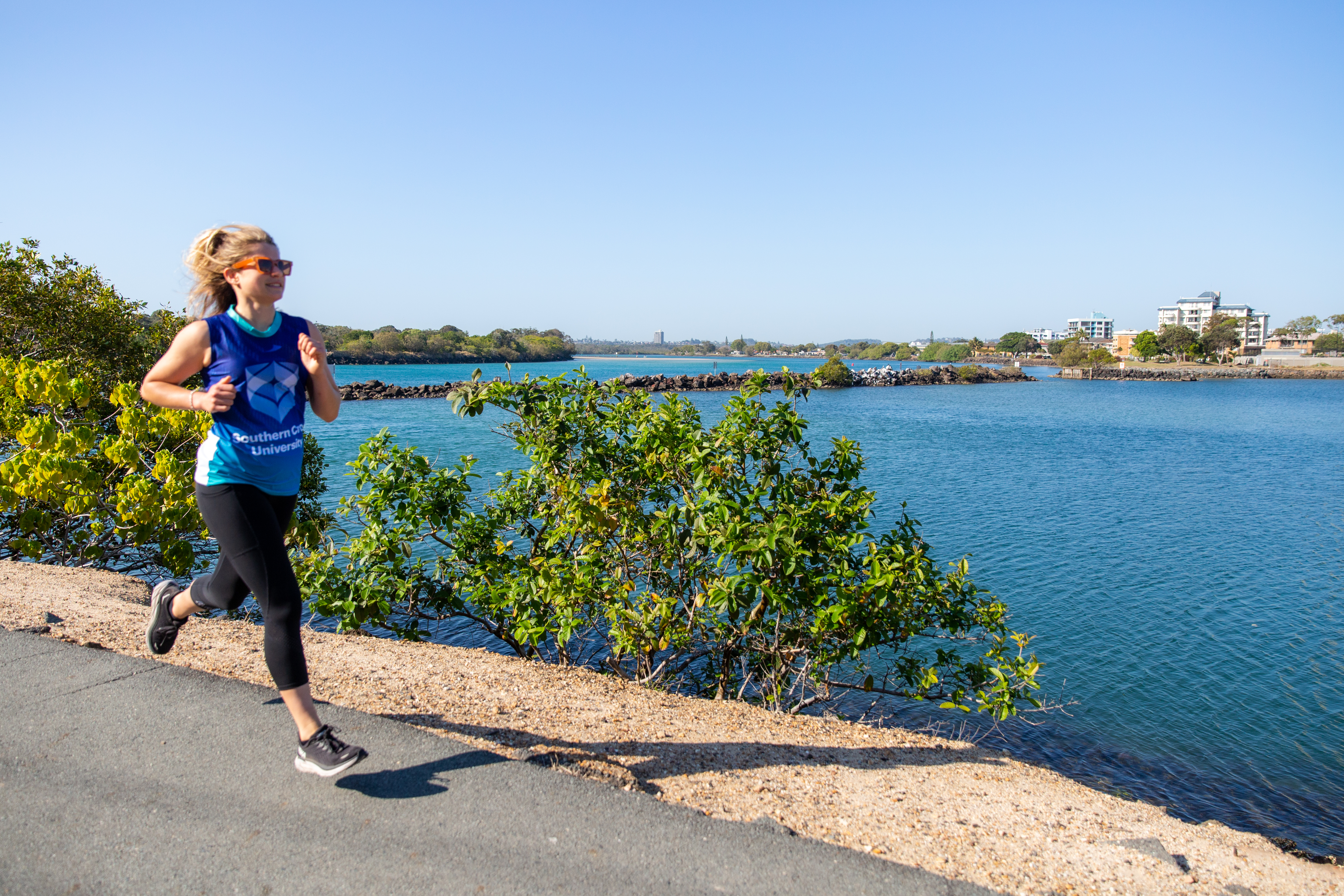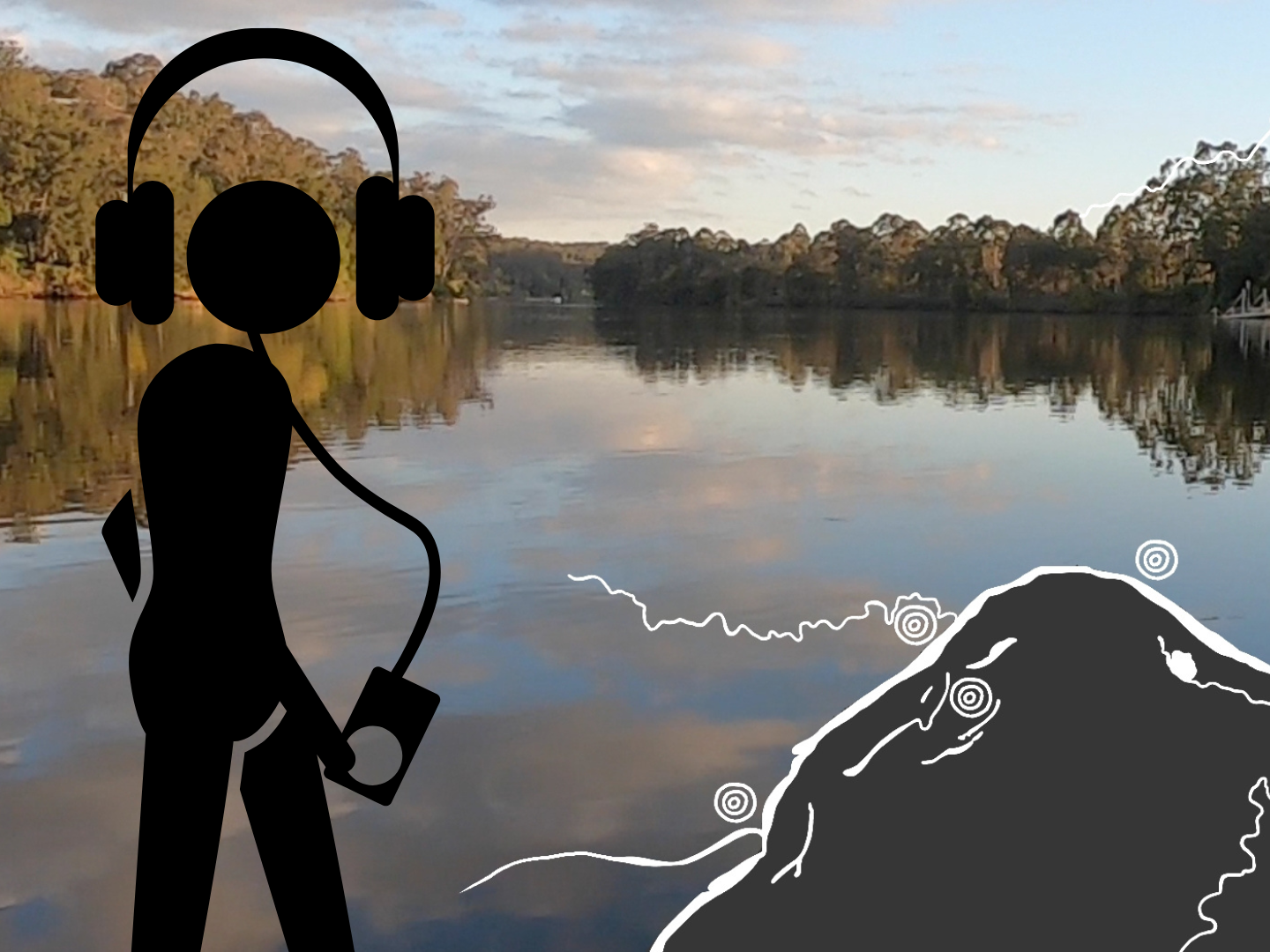City of Darwin is seeking to capture the needs, values, and character of Darwin’s people and neighbourhoods through a Place and Liveability Plan, to support the continuous development of Darwin.
As such, City of Darwin has released a Request for Proposal for companies who have a strong background in urban design and planning in similar environments and climates to submit a proposal to develop a Place and Liveability Plan.
The Place and Liveability Plan will adopt the ’15-minute city’ approach to liveability to create improvements to community infrastructure in the coming decades.
City of Darwin Lord Mayor Kon Vatskalis said Council is seeking innovative ideas about how to develop the plan, which will provide a roadmap for how Darwin can become a more liveable city for all.
“We pride ourselves on being an innovative and vibrant city, and this plan will enhance liveability for residents,” Mr Vatskalis said.
“The plan will include a toolkit that will ensure future developments respond to the daily needs of our residents.
“It will also include pilot project ideas, which will test new urban design initiatives aimed at improving liveability.
“The plan will take a people-first approach to ensuring residents live close to experiences and services that make for a good life.
“We see this as a multi-disciplined plan that is more than just a standard planning document and we expect the lead consultant to have a strong background in communication, community engagement and the capacity to build local relationships,” he said.
Once the successful tenderer has been announced, City of Darwin will undertake a community engagement process to further guide the plan’s development.
The ’15-minute city’ (or ’15-minute neighbourhood’) concept is about enabling people to meet most of their daily living and working needs within a 15-minute trip from home, whether that be by walking, cycling, scooting or by a bus or car.
15-minute cities support local communities and healthy lifestyles by prioritising walking, cycling and micromobility and ensuring shops, transport and facilities are easily accessible.








